Subscriber Benefit
As a subscriber you can listen to articles at work, in the car, or while you work out. Subscribe Now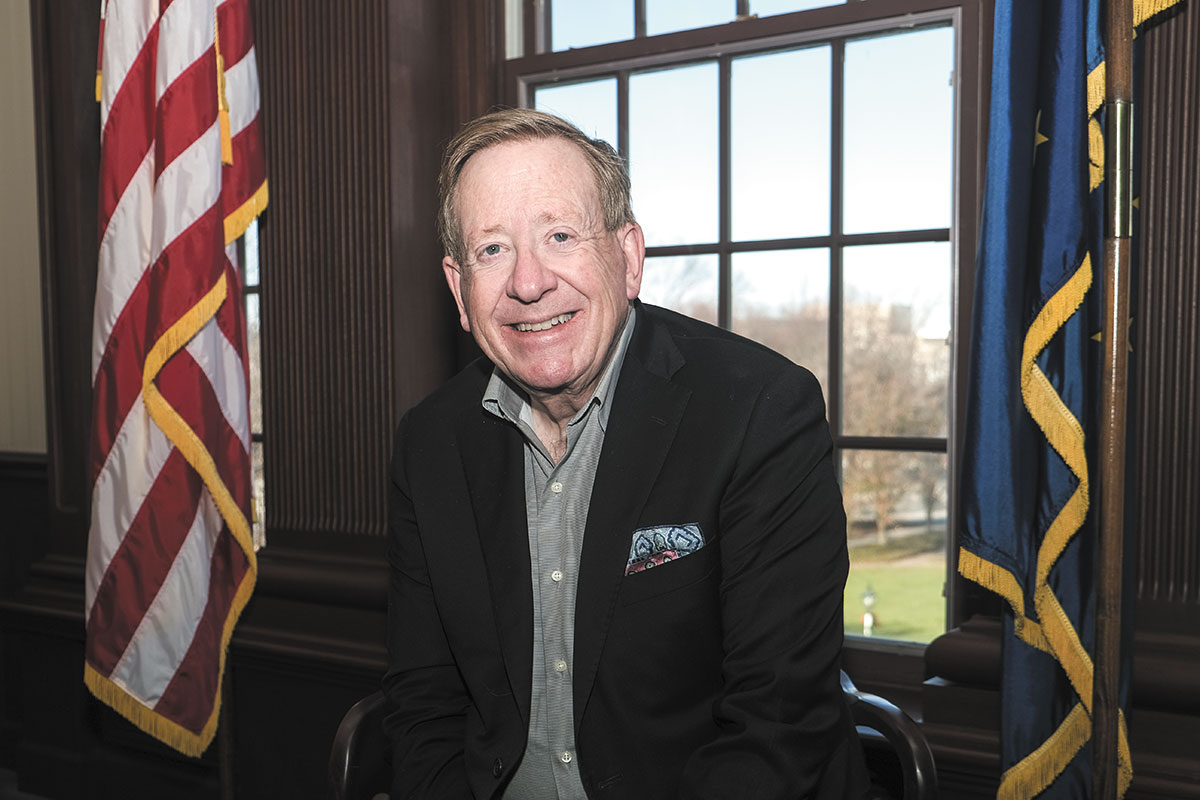
Jim Brainard’s constant companions in recent days have been a box and a trash can.
Carmel’s seven-term mayor is preparing to step aside after one of the most transformative tenures of any city leader in Indiana history. But before he can leave Carmel City Hall, he needs to remove 28 years’ worth of books, papers, letters, photos and mementos from his third-floor office.
Some items will go home with him. Others won’t. A smiling photo with current and former Indianapolis mayors Joe Hogsett, Bart Peterson and Greg Ballard, plus Fort Wayne Mayor Tom Henry, goes in the box. A newspaper from 1997 goes in the trash.
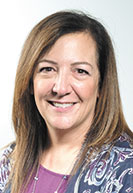
“I’m going to leave a nice, clean office for the new mayor,” Brainard told IBJ. Sue Finkam, a Republican member of the Carmel City Council, will succeed Brainard on Jan. 1.
Brainard, 69, announced in September 2022 that he would not seek an eighth term. At the time, he said he could have stuck around until he was 95 because there would always be one more project to complete. But the time was right.
“Oh, there’s a dozen [projects], at least,” that he wishes he could have added to Carmel’s landscape, he said.
That landscape has changed profoundly since Brainard began his first term in 1996. Carmel’s physical size increased through 56 annexations. The city’s population grew from about 30,000 residents to more than 100,000.
He oversaw the development of some of Carmel’s most prominent areas, including the Arts & Design District, City Center and Midtown.
Downtown Carmel now features shops and condos near the Monon Greenway—Carmel’s 5-mile section of the Monon Trail—while the 1,600-seat Palladium concert hall and a 500-seat theater called The Tarkington anchor the Center for the Performing Arts. The city is home to more than 150 corporate headquarters.
This time of year, Carmel Christkindlmarkt, the city’s German-themed Christmas festival, draws hundreds of thousands of visitors.
And, of course, as the self-proclaimed “Roundabout Capital of the United States,” Carmel’s 151 roundabouts have taken the place of stoplights and stop signs throughout the city.
Finkam said Brainard’s “sheer tenacity” to chase big ideas put Carmel on the map.
“I really think if a lot more of Indiana had followed some of what he had put into place, we’d be further along as a state,” Finkam said.
While Carmel was once simply a bedroom community across the county line from Indianapolis, it is now a city that publications like The Wall Street Journal cover in glowing profiles. Just last month, the newspaper published a story headlined, “‘How Did I End Up in Indiana?’ Welcome to the Internet’s Favorite Small City.”
Brainard, a native of Bristol in Elkhart County, said the result of his 28 years of work surpassed his original vision.
He listed his top three accomplishments as the Palladium, City Center and the expansion of the city’s parks system from 41 acres to more than 1,000. Making the Monon Greenway a reality despite resident opposition was his most challenging.
He wishes he had been able to construct an amphitheater similar to the one in Carmel’s sister city—Jelgava, Latvia.
“Did we make mistakes? Yes. Did we make any major ones? I don’t think so,” Brainard said in an interview with IBJ. “There’s some things I wish I’d done slightly differently that could have been better. Mainly, I wish I had been a little bit more aggressive in the beginning.”

First election
An attorney by trade, Brainard moved from Indianapolis to Carmel on Dec. 11, 1988. Within a few years, he decided to run for mayor, with a goal of serving two terms.
“I wanted to get eight years in just to prove to myself that I could win after four years of shaking things up,” Brainard said.
Carmel in the late 20th century, he said, was typical of most post-war U.S. suburbs with traffic problems and sprawl. The city had a two-block downtown with simple wooden buildings at the ends of their useful lives.
“There wasn’t much to preserve, and the downtown residential streets had no sidewalks. We had flooding. We had houses falling in. It was a blighted area getting worse by the day,” Brainard said.
The 1995 Republican primary election featured 40-year-old Brainard against 60-year-old incumbent Mayor Ted Johnson, who was in his first term.
According to The Indianapolis Star’s coverage of the race, Brainard depicted Johnson as “a spendthrift who masqueraded as a penny-pincher to win office,” while Johnson portrayed Brainard as a “political know-nothing and ‘the biggest complainer I know of.’”
Brainard’s campaign promises included naming “a task force of businesspeople to scour city hall to find ways to cut the city’s $20 million budget,” the Star reported.
Brainard knocked on thousands of doors during his first campaign. He said the overwhelming sentiment from residents was, they wanted a downtown where they could get dinner, see a show and entertain guests from out of town.
One of his campaign mailers included the line, “If we do the right thing and elect the right leaders, we can be one of the greatest small cities in America.” (In October, WalletHub ranked Carmel No. 1 on its list of Best Small Cities in the U.S.)
Brainard defeated Johnson 3,172 votes to 2,612. No Democrat ran in the general election. Johnson died in 1998.
Brainard credits that first victory to a major murder trial capturing national attention in 1995.
“O.J. Simpson was partially responsible for me getting elected,” he said. “The cable spots were really cheap back then. The trial kept going and kept going and kept going. Everybody’s watching, so I buy more advertising and more and more.”
Brainard would win every subsequent primary and did not face a general election opponent after 2007.
Learning on the job
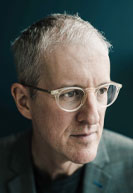
Once in office, Brainard got to work learning as much as he could about two of the subjects that have defined his tenure: urban planning and roundabouts.
That meant reading as many books and studies as he could find on the topics. He wrote to universities and asked for copies of the syllabi for their urban planning classes. “Whenever I saw a book listed more than once, I bought a copy or went to the library and read it,” he said. “That made a difference. I needed to get up to speed, and I asked a lot of questions.”
He also consulted experts such as New England-based urban planner Jeff Speck and Colorado-based traffic engineer Peter Doctors.
“Jim Brainard has the training of a lawyer but the mind of a scientist, with its wonderful, almost childlike curiosity,” Speck said. “I wish more mayors were as curious as Jim.”
Speck later designed the $23 million Monon Boulevard in Midtown. The project, completed in 2019, transformed a 12-foot-wide path into a 140-foot-wide area from City Center Drive northward to 1st Street Southwest—a stretch of roughly a half-mile.
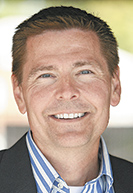
Doctors examined Carmel’s first roundabouts and suggested some changes after the rate of fender-benders surpassed the national average.
Once Brainard finished his initial research on remaking Carmel and knew what he wanted to do, he got to work selling his idea.
Carmel City Councilor Jeff Worrell was president of the city’s Chamber of Commerce in 1996 when he organized a meeting at an old farmhouse on Main Street.
Brainard, he said, came “running up the stairs” with his arms full of posters and renderings to deliver a 45-minute presentation on his vision for the city’s downtown.
“He left, and not a person in that room, including me, believed it would ever happen,” Worrell said. “They were like, ‘Who is this guy? This is crazy.’ And, of course, what happened? It’s all there. It’s even better than the pictures.”
Bruce Cordingley, CEO of Carmel-based Pedcor Investments, worked with Brainard to transform a plot of farmland and some old commercial buildings into Carmel City Center.
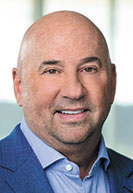

The mixed-use project is now home to the Center for the Performing Arts, Hotel Carmichael, downtown living options, restaurants and shops. During the holiday season, the open space—called Carter Green—just south of the Palladium hosts Christkindlmarkt.
Cordingley attributed City Center’s existence to Brainard’s creating a vision for what he wanted Carmel to become.
“The tools that he created can be replicated and can be used elsewhere because he was able to show how those tools can work and work so well,” Cordingley said.
Zotec Partners LLC CEO T. Scott Law founded his medical billing company in Carmel in 1998. He said Brainard has put all the elements in place to make the city an attractive place for residents and business leaders.
“It makes us able to attract people coming into the city,” Law said. “We serve clients all over the country, and they all come in and look at the city and the Carmichael hotel.”

Focus on the arts
While the late Indianapolis Mayor William Hudnut focused on sports as a way to grow his city’s economy during his tenure from 1976 to 1991, Brainard leaned into the arts.
A recent study by Americans for the Arts estimated that Carmel’s arts venues generated $42.7 million in economic impact in 2022. Last year, more than 1 million people visited the Center for the Performing Arts for performances, educational programs, Christkindlmarkt and the Carmel Farmers Market.
Brainard was drawn to the arts from an early age. He is a French horn player, while his father was a band director, and his mother worked as a piano teacher.
“All great cities understand that arts draw people out,” Brainard said. “They bring people together. Listening and watching good performances is a wonderful part of the human experience.”
The Palladium is his pride and joy, and he likes to say it will stand for 500 years.
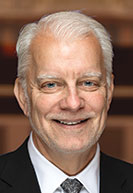
“It’ll last forever if they don’t start dynamiting it like the Greeks did with the Parthenon,” he said.
Jeffrey McDermott, CEO of the Center for the Performing Arts, said Brainard’s leadership was integral to the preservation of the city’s arts scene during the pandemic in 2020 and 2021 when in-person events were canceled.
“Arts organizations love to be here,” McDermott said. “And it’s not just the local arts organizations here in Carmel, here at the Palladium. We have many, many other arts organizations that come here to perform.”
Facing critics
Brainard received opposition early in his tenure about some of the changes he wanted to bring to Carmel. He said that was due to a fear of loss.
He recalled a press conference he held in the late 1990s where he discussed plans for the Monon Trail. Protesters held signs that said, “No-Mo Trail.”
“They’re afraid they’re going to lose something that was better,” he said. “So, I think it’s important … to have those discussions. You have to listen.”
Brainard has also faced criticism over the city’s debt load, frequent use of tax-increment financing, abundance of downtown apartments and cost overruns on projects such as the Palladium and Hotel Carmichael.
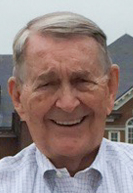
A document approved by the Carmel City Council in 2021 criticized the way the city’s administration and Carmel Redevelopment Commission handled financing for the 122-room boutique hotel’s construction, as well as slow communication about the project’s $18.5 million cost increase from its original $40 million estimate.
Bill Shaffer, a Carmel resident and a frequent critic of city government (for years, he referred to himself as “Carmel’s non-mayor”), credits Brainard for turning Carmel into a landing spot for corporate headquarters. But he said the city’s spending is excessive and the administration has a “fixation” on roundabouts, sculptures and free events.
“We’re all familiar with government overruns on projects,” he said. “That’s common, but a 46% overrun [on Hotel Carmichael] is still a little bit much.”
Tim Hannon—who won election to the Carmel City Council in 2019 after he started a Change.org petition in 2017 opposing Brainard’s initial proposal for the luxury hotel, which included purchasing an antique carousel expected to cost as much as $5 million—said he has tried to use his position to create more balance between the executive and legislative branches in Carmel.
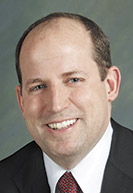
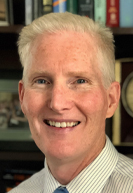
“As I’ve said to Jim on a number of occasions, we are not anti-Carmel. We are very much in favor of the things he has done,” Hannon said. “I just have always believed there should be more balance, more give-and-take and I think just better stewardship in terms of taxpayer dollars.”
Kevin “Woody” Rider, a four-term member of the City Council, said Brainard’s vision for the city has paid off. While there were times Rider thought Brainard was “out over his skis,” he said when Brainard landed, “he always corrected it and it worked.”
“You can like or dislike some of the things he’s done, but Carmel wouldn’t be what it is without him,” Rider said. “His willingness to have a dream, listen to people’s thoughts and create that dream is almost unprecedented if you look across the country.”
Changing the model
Brainard recognized the opportunities in suburban America and had time on his side to make changes to the suburban model, according to University of Indianapolis political science professor Laura Merrifield Wilson.
Without term limits, Brainard could run again and again and see his vision through from start to finish. She added that other communities in the northern suburbs, such as Fishers, Noblesville, Westfield and Zionsville, benefited from the attention Carmel received as they grew their own communities over the past two decades.
“Carmel seems to be the measuring stick … everyone else uses to estimate their own value in terms of communities,” Wilson said.
Brainard knows what’s coming next for him but declined to announce those plans while still serving as mayor. With fewer than 10 days left in his term, he will continue cleaning his office, making appearances, and preparing the city for the transition to a new mayor.
When he looks back at the past 28 years, he said, he believes Carmel has shown the world that great ideas can come from the Heartland and not just the East Coast or the West Coast.
“We can’t be afraid of change,” he said. “The world is always going to change. We have to guide that change and push it to build better places and build better lives for people. I think my staff and I have been able to do that, and that’s been the most exciting part of the job.”•
Please enable JavaScript to view this content.

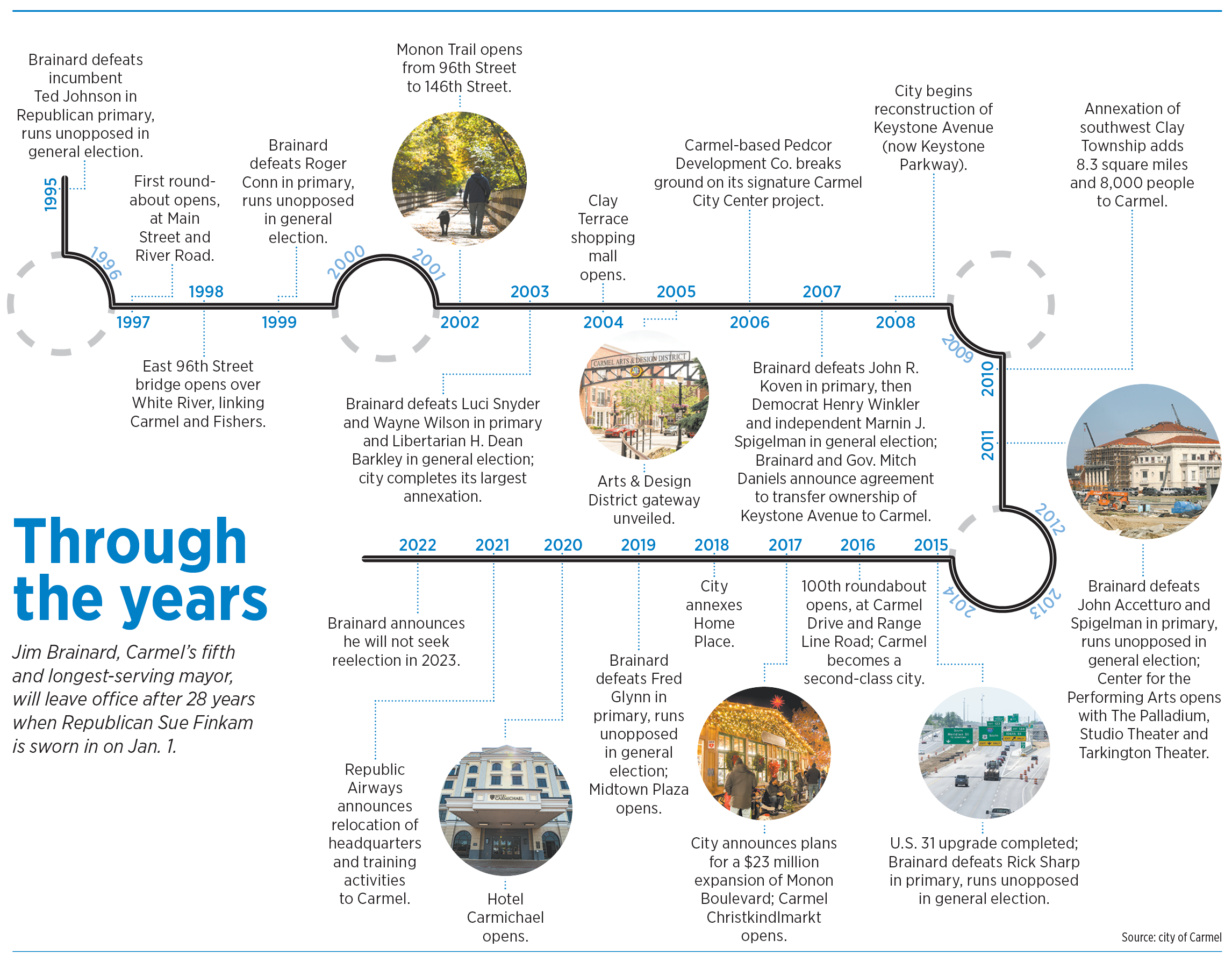
An incredible leader
He took credit for Parks expansion when Parks belong to the township not the City of Carmel. What does this tell you about the Man? He lies about things to make himself look good. Let’s see what comes to light after he leaves office.
Give it a rest.
Mayor Brainard did some amazing things for Carmel. He will be missed.
I’ve had a front-row seat for just about all of Mayor Brainard’s time in office, having moved to Carmel just after he was first elected. The transformation of the city and the innovations and enhancements to the quality of life during these years is nothing short of historic. The man is first-class and he is a genius. It’s OK to criticize him, but you can’t detract from the amazing things he has accomplished. I am not sure there a precedent. Thank you, Jim, and God bless you in your future dreaming!